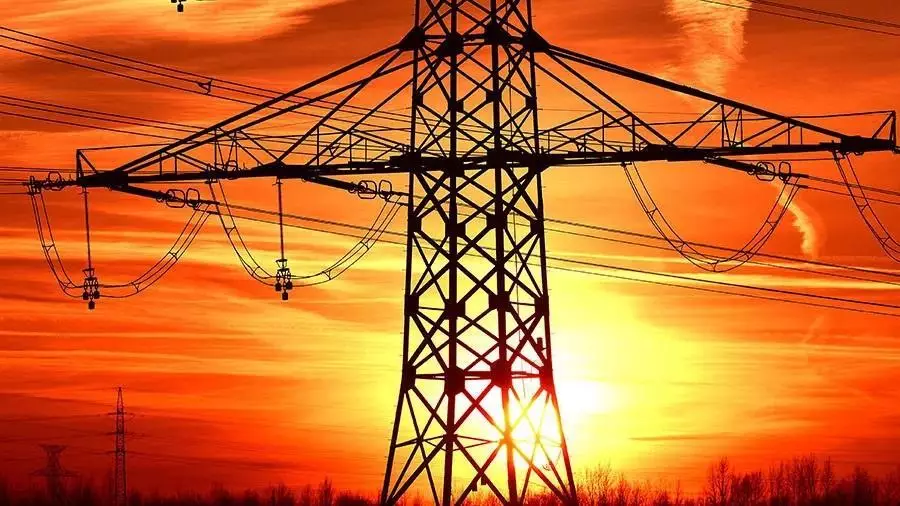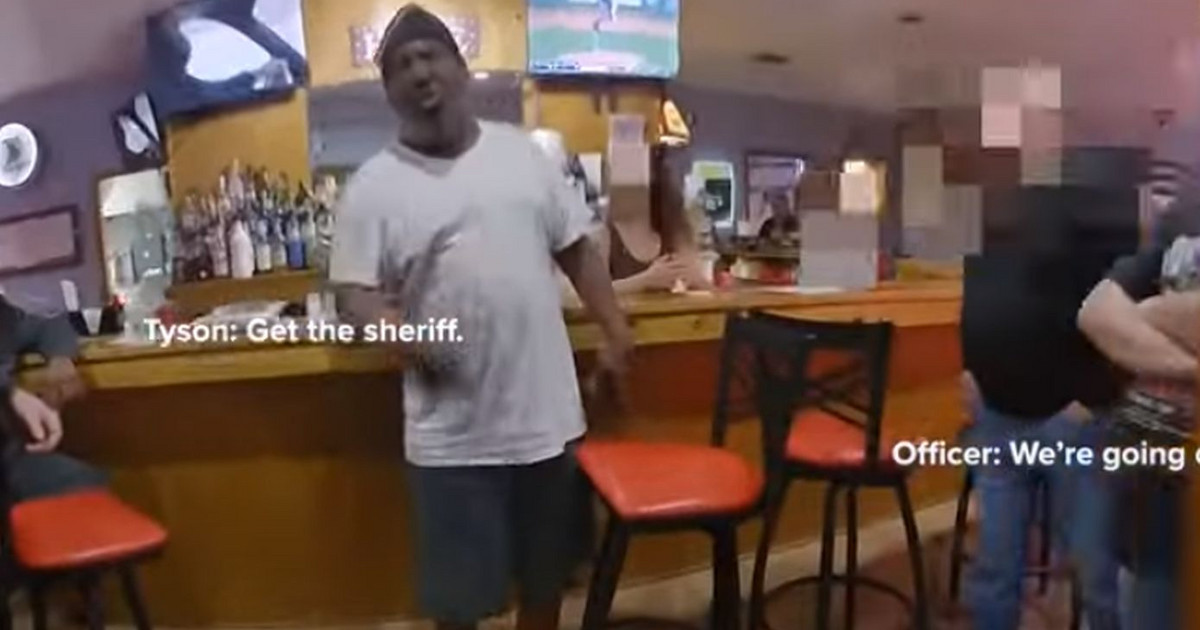Deforestation in the Amazon, climate change and the demarcation of indigenous lands are subjects that make headlines daily because of figures such as Frans Krajcberg .
An artist ahead of his time who, still in the 1970s, wrote, alongside Pierre Restany, French art critic and cultural philosopher, and fellow artist Sepp Baendereck, the Manifesto of Integral Naturalism a document that appears after an expedition along the Rio Negro, in amazon and which was fully documented through photos, videos and a diary.
In that manifesto, the first words already showed what it came to: “The Amazon constitutes today, on our planet, the ‘last reservoir’, refuge of integral nature”.
To celebrate the centenary of the birth of Frans Krajcberg, who died in 2017 at the age of 96, the Brazilian Museum of Sculpture and Ecology MuBE, in São Paulo, organized the exhibition “Frans Krajcberg: For an Architecture of Nature” a collection of 160 works by the artist, many from places such as Sítio Natura, in Nova Viçosa, Bahia, where he carried out much of his production.
The exhibition was organized in partnership with the Institute of Historical and Cultural Heritage of Bahia (IPAC), and will be on display until July 31.
“This exhibition is taking place at a very particular moment in our history,” he says. Diego Matos curator of MuBE.

Polish-born Brazilian, Krajcberg was a sculptor, painter, engraver and photographer, as well as an activist. His work is centered on exploring elements of nature, associating art and environmental protection.
At MuBE, visitors find his sculptures, created from wood logs and charred roots collected in deforestation and burning.
The exhibition also marks the beginning of the preservation, conservation and dissemination work of his collection and the Sítio Natura, where he lived, which he donated to the government of Bahia.
“The centenary took place last year, but there was no initiative until then, except in France, at the institution that bears his name in Paris”, says the curator.
According to him, Krajcberg was a key figure in the history of activism and one of the first artists to address the environmental issue through his work. But not only that.
“He was also part of the formation of the European vanguards, he lived with many people who had a strong political commitment abroad”, he says. “In the 1960s, he participated in the artistic movement in France called New Realism. At the same time, he discovered the enchantment of Brazil’s natural and cultural wealth”.

This enchantment took him to several places in Brazil, always engaged in the environmental issue. In Paraná, he followed the first operation in a pulp mill. In Minas Gerais, he saw up close the devastation of the state’s lands with mining. He also passed through the Amazon, Pantanal until he discovered the south of Bahia, where he created Sítio Natura in 1973.
He got to know the region through his friend and architect Zanine Caldas and there he planted thousands of Atlantic Forest seedlings. “People get confused, but his work starts with an activism focused on the Atlantic Forest”, says Matos.
It is not by chance that his trajectory led him, years later, to play a fundamental role in the creation of projects such as the SOS Atlantic Forest . “I remember that at ECO 92, he was one of the most talked about personalities”, continues the curator.
Since the opening of the exhibition, 400 children from public schools in São Paulo have already come into contact with the artist’s works. For Matos, this is the way.
“A museum in São Paulo bringing this discussion, showing the power of art as a deflagrating element of debate, is luck. It is important to bring a topic that is omnipresent today into the official circuit”, says he, who also has a personal opinion on the topic.

“I make the words of activist Sydney Possuelo mine. This is the worst moment in Brazilian history in relation to the subject. I believe that Brazil really does not know how to look at the power that is the Amazon. We are living with the same premises as the 20th century.”
Matos, who is an architect and landscaper, took over the curatorship of MuBE in January this year and says that his premise is to reactivate the museum’s initial proposal, to look at sculpture and ecology, “a time that is no longer used”.
“Sculpture thinking has changed a lot in the last few years, I want this to appear in some way in our programming. At the same time, I want to look at Brazilian productions that were left on the sidelines and that deserve to be highlighted in the media. More productions by women artists and people like Frans, who didn’t fit into a public debate.”
Source: CNN Brasil
I’m Susan Karen, a professional writer and editor at World Stock Market. I specialize in Entertainment news, writing stories that keep readers informed on all the latest developments in the industry. With over five years of experience in creating engaging content and copywriting for various media outlets, I have grown to become an invaluable asset to any team.






